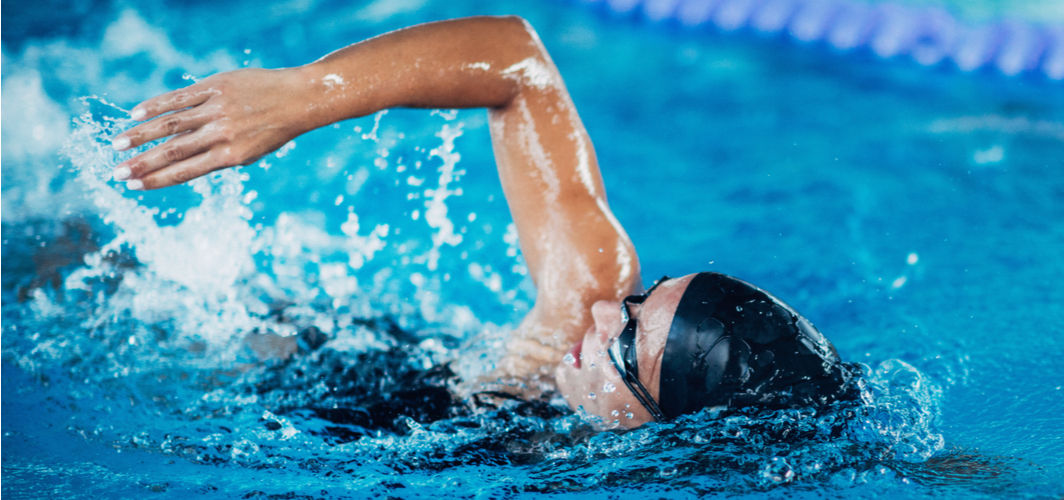Orthopedic Conditions
Fibromyalgia: Why You Feel Constant, Widespread Body Pain
4 min read
By Apollo 24/7, Published on - 15 June 2021, Updated on - 23 November 2022
Share this article
1
30 likes

Fibromyalgia is a condition that results in widespread pain throughout the body and is often accompanied by sleep problems, memory and mood issues, and fatigue. Unfortunately, fibromyalgia is often misdiagnosed and misunderstood with chronic fatigue syndrome and other bone or joint-related disorders due to its striking similarities with them. However, in fibromyalgia, the pain is distributed equally on the upper and lower torso. Some people may also experience pain like pins and needles, along with numbness known as paresthesia (burning, prickling, and tingling sensation). Fibromyalgia occurs twice as often in women than in men.
Possible triggers of fibromyalgia
Research suggests that stressful events in life often trigger fibromyalgia, which could include both physical and emotional stress:
- A physical injury
- Breakdown of a relationship
- Being in an abusive relationship
- Viral infections
- Giving birth
- Death of a loved one.
Symptoms of fibromyalgia
The three main symptoms of fibromyalgia include experiencing pain all over the body, fatigue, and cognitive difficulties.
Pain: Usually, the first signs of fibromyalgia are widespread body pain and stiffness. Affected people may experience elevated sensitivity to pain. The pain felt is usually constant, dull, and can last for a minimum of 3 months.
Fatigue: Chronic or long-term fatigue is a common symptom of fibromyalgia. The fatigue is assumed to be the result of the body’s reaction to the pain. Fatigue and sleeping disorders go hand in hand which is also the reason why many people wake up tired.
Impaired cognitive skills: Fibromyalgia can lead to impaired cognitive abilities termed as brain fog or "fibro fog" where a person experiences difficulties remembering events, recalling certain conversations, thinking quickly, or having trouble working in distracting environments. However, few studies suggest that fibromyalgia may not be the only cause of brain fog.
The other symptoms of fibromyalgia include:
Anxiety and depression: Fibromyalgia is indirectly associated with the psychological and emotional well-being of a person. Anxiousness and feeling low can lead to increased sensitivity towards pain. The depression caused due to traumatic events in life can lead to low confidence and hopelessness in men and women, making social activities minimal and challenging.
Unexplained headaches: Besides body, joint, and musculoskeletal pains, headaches such as migraines are common in people with fibromyalgia.
Insomnia: Insomnia, a sleep disorder, is a prominent marker of fibromyalgia. People with insomnia have difficulty falling asleep or staying asleep for as long as they wish.
Irritable bowel syndrome (rare): People with chronic fibromyalgia are known to have irritable bowel syndrome (IBS) characterized by pain, tenderness, and discomfort in the abdominal region. Medical studies indicate approximately 70% of people who have fibromyalgia also suffer from IBS.
Low sexual desires: Research hints that some men and women with fibromyalgia may experience low libido due to fibromyalgia.
How is fibromyalgia diagnosed?
Unfortunately, there are no specific tests that can diagnose fibromyalgia. However, the doctor may ask you specific questions regarding the type of pain, duration of pain, family history, triggers, stress levels, and lifestyle. The doctor may recommend blood tests to rule out other conditions such as rheumatoid arthritis, lupus, and osteoarthritis.
X-rays may also be prescribed sometimes to eliminate the probability of other health conditions.
5 ways to manage fibromyalgia
Fibromyalgia and its symptoms may disrupt the usual way of living and work-life balance. However, there are ways to manage it and enjoy life effectively which include:
- Start exercising: Exercising daily is the key to overcome fibromyalgia-related pain and stiffness. One can start with 20 minutes and gradually increase it up to 60 minutes every day. Practicing yoga for 30 minutes in the morning is also known to be beneficial. Zumba, aerobics, or any other form of exercise can also be taken up, for at least 30 minutes every day to ease the symptoms.
- Eat mindfully: Consuming foods that are high-energy but low in calories and free from gluten are known to ease fibromyalgia symptoms and improve quality of life. Recent research indicates the promising effects of a low FODMAP diet on relieving the pain associated with fibromyalgia. A low FODMAP diet limits the consumption of foods that contain carbohydrates which are poorly digested by the body. Examples of such foods are dairy products, beans, bread, pasta, etc. and must be avoided. Including fruits, whole grains, and lean protein in the diet can aid in weight management which in turn, can relieve fibromyalgia symptoms.
- De-stress: Stress is a significant trigger to fibromyalgia. Hence de-stressing will help in reducing pain, enhance positivity and energy. One can indulge in aromatic massage therapies and weekend gateways to de-stress.
- Hydrotherapy: People with fibromyalgia may find it challenging to take up strenuous activities and hence water therapies such as water aerobics, swimming, and sea-bathing are recommended methods to de-stress and lower widespread body pains.
- Keep a positive frame of mind: There is substantial evidence to prove that a positive approach can alleviate pain and other symptoms of fibromyalgia such as insomnia, anxiety, and depression.
Conclusion
People with fibromyalgia may often feel low, fatigued, and have disturbed sleep patterns. However, all these symptoms can be managed with proper diet, exercise, good sleep habits, de-stressing activities, and relaxation techniques. Support of partners and loved ones can make people with fibromyalgia feel and live better.
For any questions on musculoskeletal health including fibromyalgia, you can talk to an orthopaedician.
Orthopedic Conditions
Leave Comment
Recommended for you

Orthopedic Conditions
Don’t Ignore Your Back Pain! It Can Be Sciatica
Consistent back pain can be a sign of sciatica. Read to know the ways to prevent it.

Orthopedic Conditions
Here’s What You Need To Eat To Maintain Your Bone Health
Proper nutrition is required to build healthy bones and maintain them throughout life. Read to know the ways to achieve proper bone health.

Orthopedic Conditions
What Is Swimmer’s Shoulder and How Is It Treated?
Swimmer’s shoulder occurs due to repetitive stress on the shoulder joint, causing sharp pain and limited range of motion.
Subscribe
Sign up for our free Health Library Daily Newsletter
Get doctor-approved health tips, news, and more.
Visual Stories

10 Foods That Are Unhealthy for Your Bones
Tap to continue exploring
Recommended for you

Orthopedic Conditions
Don’t Ignore Your Back Pain! It Can Be Sciatica
Consistent back pain can be a sign of sciatica. Read to know the ways to prevent it.

Orthopedic Conditions
Here’s What You Need To Eat To Maintain Your Bone Health
Proper nutrition is required to build healthy bones and maintain them throughout life. Read to know the ways to achieve proper bone health.

Orthopedic Conditions
What Is Swimmer’s Shoulder and How Is It Treated?
Swimmer’s shoulder occurs due to repetitive stress on the shoulder joint, causing sharp pain and limited range of motion.